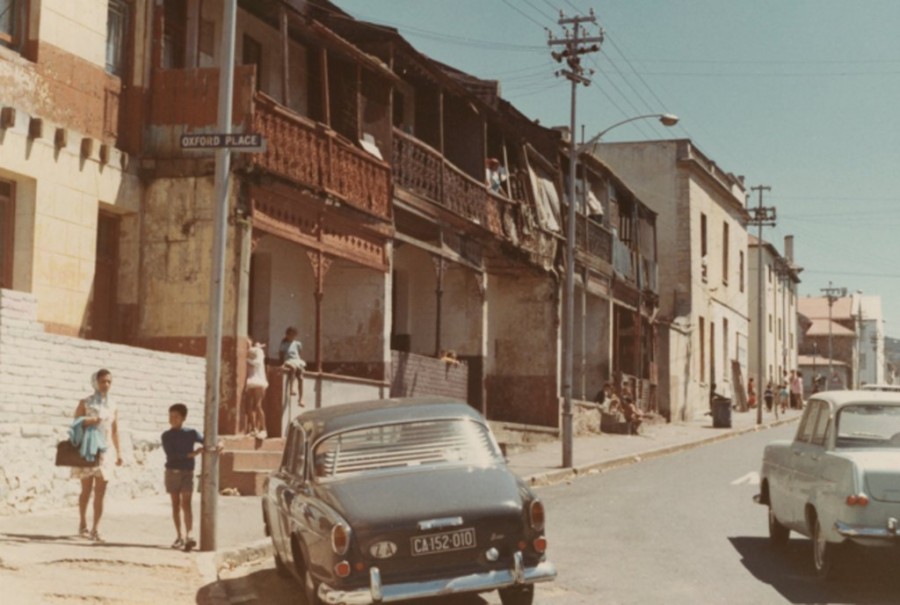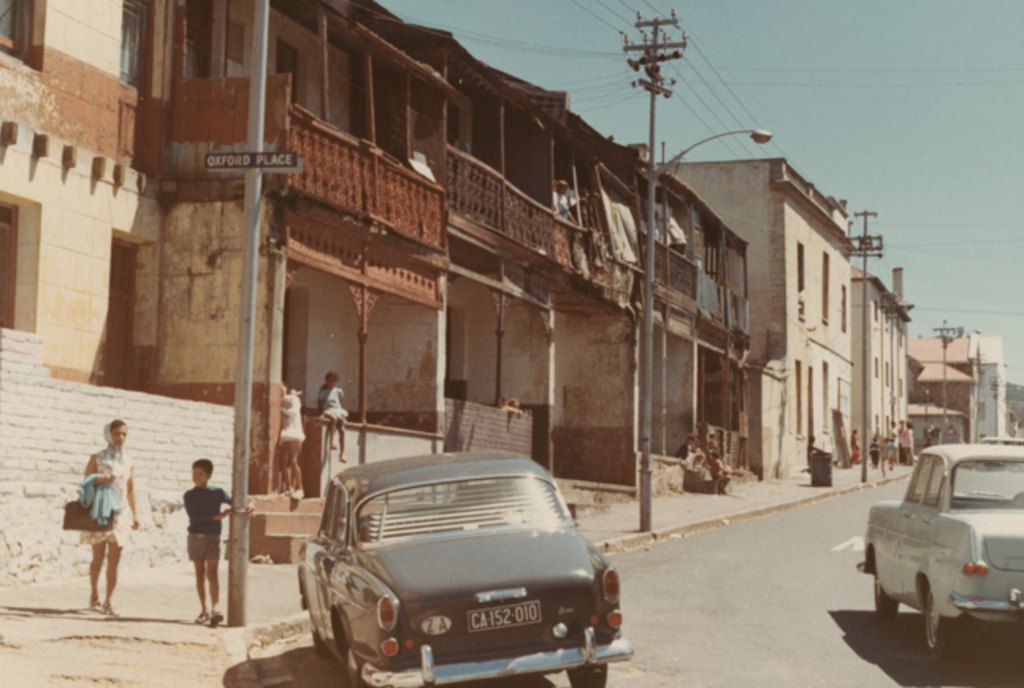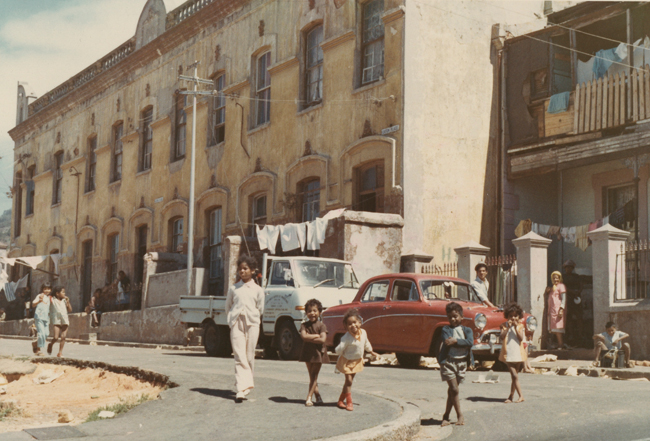
WATCH Trudy Rushin Recalls District Six on 50th Anniversary
It was one of South Africa’s many dark moments. Fifty years ago, on 11 February in 1966, the neighbourhood of District Six on the fringe of Cape Town’s centre was declared for “Whites Only”. More than half a century later the area has (lamentably, after many hold-ups) still not been built on, and it remains a very visible […]

It was one of South Africa’s many dark moments. Fifty years ago, on 11 February in 1966, the neighbourhood of District Six on the fringe of Cape Town’s centre was declared for “Whites Only”. More than half a century later the area has (lamentably, after many hold-ups) still not been built on, and it remains a very visible reminder of its tragic history.
Fabulous jazz singer Trudy Rushin wrote a song about District Six three years ago, “In the Shade of Table Mountain”, after talking to numerous people about their experiences. While it recalls a tragic time in the lives of all those who were displaced, Rushin’s song reminds you of the beauty there was in the community that lives on – elsewhere.
Watch Rushin sing “In the Shade of Table Mountain”:
As the District Six Museum says, “District Six was considered to be a health hazard and crime-ridden from the point of view of the residents; it certainly was a crowded place in which people lived cheek by jowl. Many had arrived from farms, and often every indoor space – single rooms, landings and hallways – were rented by whole families.
“At the same time, rack-renting occurred and profiteering landlords failed to maintain, repair, or paint buildings and properties. Drains were allowed to block up and rats ran wild. These conditions of neglect encouraged activities such as illegal gambling, sex-working and shebeening. Statements from the government and its supporters made it clear that they regarded District Six as a social evil. They drew attention to drug-peddling, roguery and violence, and claimed that District Six needed to be redeemed. It was in the language of ‘slum clearance’ that the razing of District Six was justified.

“District Six’s writers themselves drew attention to the ‘damp, battered’ buildings, and ‘crumbling roads’ (Alex La Guma, A Walk in the Night). La Guma described a thoroughfare in the following terms: ‘the corpse of a street that died a long time ago, choked to death by neglect.’ It was ‘left to be nudged and toed by the surrounding navels which lay on its crumbling flanks like hyenas waiting to devour it’ (Alex La Guma, And a Threefold Cord).
“In La Guma’s descriptions, the streets of District Six were narrow and garbage-filled, its alley-ways smelled of urine and in the dark and claustrophobic rooms and corridors of its grimy tenements, cockroaches and rats were often seen. Rive also paints a gloomy picture of urban squalor, poverty, and structural decay.
“In one scene he describes ‘a concrete and garbage-filled, its alley-ways smelled of urine and in the dark and claustrophobic rooms and corridors of its grimy tenements, cockroaches and rats were often seen. Rive also paints a gloomy picture of urban squalor, poverty, and structural decay. In one scene he describes “a concrete enclosed area called The Big Yard into which all the occupants of the tenement threw their slops, refuse, and dirty water’ (Richard Rive, Writing Black).”

“You know it’s only in the District that I feel safe. District Six is like an island in a sea of Apartheid. The whole of District Six is one big Apartheid, so we can’t see it. We only see it when the white man comes and forces it on us, when he makes us see it – when the police come, and the council people and so on – or when we leave the District….
“Then we again see apartheid. I know the District is dirty and poor and a slum, as the newspapers always remind us, but it’s our own and we have never put up notices which say ‘Slegs Blankes’ or ‘Whites Only’. They put up the notices. When the white man comes into the District with his notices he is a stranger and when we come out of the District he makes us realise we are strangers. It’s funny but that’s the way I see it” (Richard Rive, Buckingham Palace).